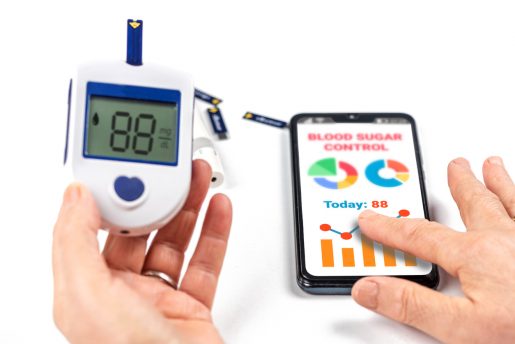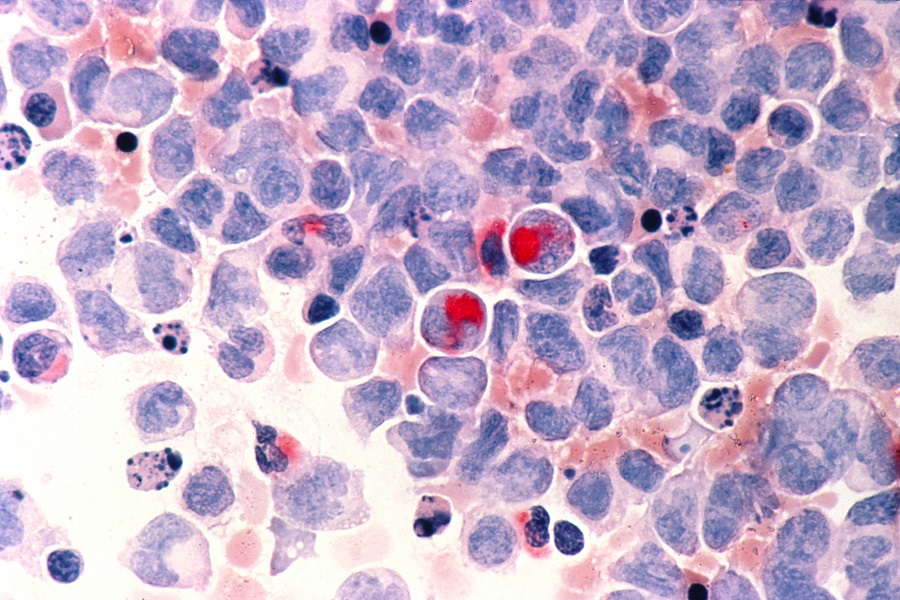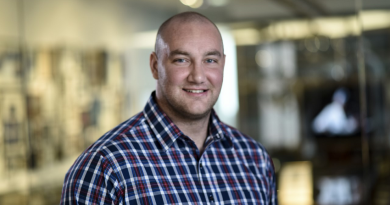First case of Type 1 diabetes reversal using precision medicine
Until now, the treatment options for Type 1 diabetes (T1D) have consisted of managing blood sugar levels with insulin and diet and exercise to prevent further complications. On Oct. 8, a team of physicians from Baylor College of Medicine, Texas Children’s Hospital and the University of California, San Francisco, described the first case of a T1D patient who no longer needs insulin to

maintain optimal blood sugar levels. The physicians specifically targeted the underlying genetic mutation, which was the primary driver of this patient’s diabetes, using a precision medicine approach.

“To the best of our knowledge, this is the first example of a T1D patient who has experienced a complete reversal of insulin dependence. We are excited by the prospect that this approach could be a viable therapeutic strategy for a subset of T1D patients,” said corresponding author Dr. Lisa R. Forbes, deputy director for clinical services and community outreach for the Texas Children’s William T. Shearer Center for Human Immunobiology and assistant professor of pediatrics, immunology, allergy and retrovirology at Baylor.
Type 1 diabetes is a chronic condition in which the pancreas produces little to no insulin, a hormone that maintains sugar levels in the blood.
The patient was a young male who at 17 years of age was diagnosed with classical autoimmune presentation of Type 1 diabetes. In addition to T1D, the patient had also had recurrent episodes of respiratory infections. The combination of these findings led to his referral to Forbes’ team.
A deeper investigation into the patient’s genome revealed that he harbored a harmful mutation in the gene STAT1 (signal transducer and activator of transcription 1). The mutation boosted the activity of the STAT1 protein. Enhanced STAT1 protein activity is known to drive respiratory infections and various autoimmune conditions, including T1D.
From lab bench to bedside
The patient was treated with a regimen of ruxolitinib, a potent inhibitor of the Jak/STAT signaling pathway, which had been shown previously to improve many symptoms related to enhanced JAK/STAT signaling.
A year after the initiation of ruxolitinib therapy (and close to two years after his T1D diagnosis), the patient was able to discontinue daily injections of insulin and yet maintain normal blood glucose levels.
For almost two years now, the patient has not needed insulin.

“This case was quite fascinating!” said one of the lead authors, Dr. Sophia Ebenezer, assistant professor of pediatric endocrinology at Baylor and Texas Children’s. “The patient no longer needs daily insulin injections and has shown full remission of other clinical signs of T1D along with marked improvements in his quality of life.”
While these results are promising, it remains plausible that this could be a transient effect and could recur at a later stage, the authors say. A longer clinical assessment of the patient is required to confirm if he can remain insulin free permanently.

“We are encouraged by the amazing outcome of using a targeted approach to control T1D in this patient. We think these positive results warrant further careful evaluation on how the reversal occurred. The results also raise the possibility that immune-modulating drugs like ruxolitinib should be given careful consideration for use in future clinical trials for reversing T1D,” said Dr. Mark Anderson, professor and Michelle M. Friend Endowed Chair in Diabetes Research at the University of California, San Francisco Diabetes Center and one of the study’s lead authors.
“I just cannot describe what a big relief it has been to not have to be dependent on daily insulin shots! It has truly transformed my life. I am a college student and finally, now I can pretty much live like any other college kid,” said the patient.
Find all the details of this case report and the complete list of authors and funders in the letter to the New England Journal of Medicine.



